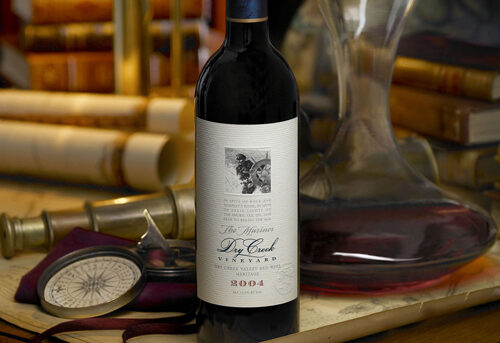Decanting a fine bottle of wine can add a layer of romance and enjoyment to any wine experience. It also serves a very useful purpose. Decanting adds air to young wines and opens up layers of flavor and complexity.
In a perfect world, restaurants, sommeliers and collectors would stand their older vintage bottles up for a few days before opening them. This way, sediment is allowed to settle at the bottom, making decanting a one-step gentle process. A spectacular wine that has had 30 or 40 years of bottle age is a precious commodity and should be treated as such.
Assuming the wine has been stored properly, an older wine at or near its peak needs to be treated delicately. Air is one of wine’s greatest enemies and decanting adds a lot of oxygen to that wine, upsetting the balance and quite often causing the fragile fruit to fade away sooner than later. The point here is if you’re going to decant these wines, use extra care and don’t allow air to contact the wine for a lengthy period of time. Some of our greatest wine moments occurred during the course of a dinner, as an older vintage wine evolved in the glass.
On the other hand, big, young, full-bodied wines definitely benefit from the oxygenation that decanting provides. So when you open that powerful youngster, use special glassware and decant the wine for at least one hour. You might also decant young white Burgundies or big California Chardonnays.
Ultimately, that special bottle of wine is yours and you should do with it as you please. However, by following a few of these simple guidelines, you may just save yourself the heartache of opening that special bottle and decanting it for too long, only to find that there’s nothing left.


